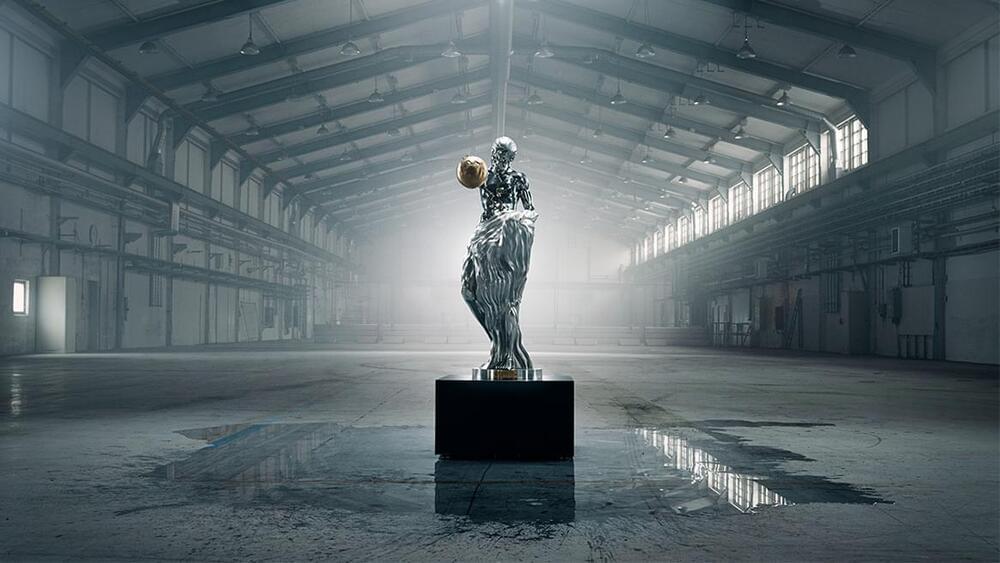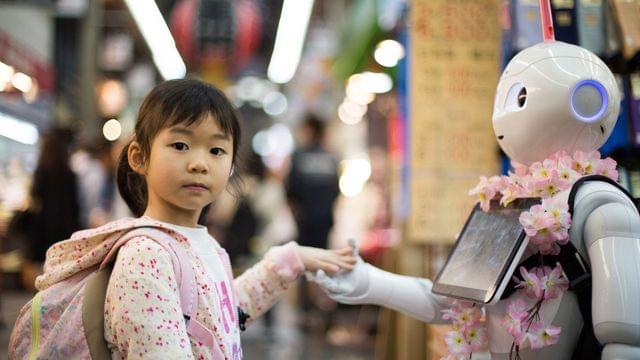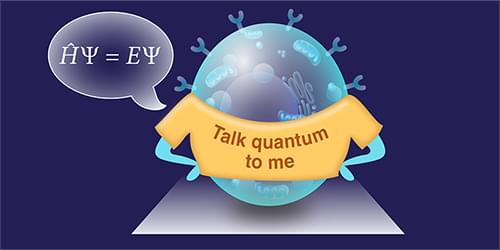The latest artificial intelligence systems are not inherently evil, but they will do the bidding of their potentially evil human masters.
This article contains paid promotion for Sandvik.
THIS real-life statue was made with artificial intelligence.
Dubbed the “Impossible Statue”, this project was made by combining the works of five different historical artists using AI. At 150cm tall, weighing 500 kg carved from stainless steel, the sculpture showcases just how far technology has come and its ability to transform the future of how we build our world.
But experts say that releasing these models into the wild before fixing their flaws could prove extremely risky for the company.
The researchers suggest that a pervasive design perspective is driving the development of AI with increasingly human-like features. While this may be appealing in some contexts, it can also be problematic, particularly when it is unclear who you are communicating with. Ivarsson questions whether AI should have such human-like voices, as they create a sense of intimacy and lead people to form impressions based on the voice alone.
In the case of the would-be fraudster calling the “older man,” the scam is only exposed after a long time, which Lindwall and Ivarsson attribute to the believability of the human voice and the assumption that the confused behavior is due to age. Once an AI has a voice, we infer attributes such as gender, age, and socio-economic background, making it harder to identify that we are interacting with a computer.
The researchers propose creating AI with well-functioning and eloquent voices that are still clearly synthetic, increasing transparency.
Powered by OpenAI technology, the A.I. version of a popular Snapchat influencer is made over $70,000 in a week, marking the beginning of an ethically-thorny era.
As the world strives to ensure everyone has access to their fundamental human rights, technology is a crucial innovator for making lives better.
Floating 3D Display Clock
Posted in futurism
Moritz v. Sivers’ clock uses a beamsplitter and retroreflective foil to make digits float and rotate in midair.
Dr_Microbe/iStock.
To address these concerns, scientists at SNIPR BIOME company have been working on developing a targeted approach to kill harmful bacteria while saving the essential ones precisely.
Understanding the possible quantum-driven behaviors of biological systems could aid in treating injuries or in developing cures for diseases, but research in the field has been pushed to the sidelines. It’s time for that to change.









